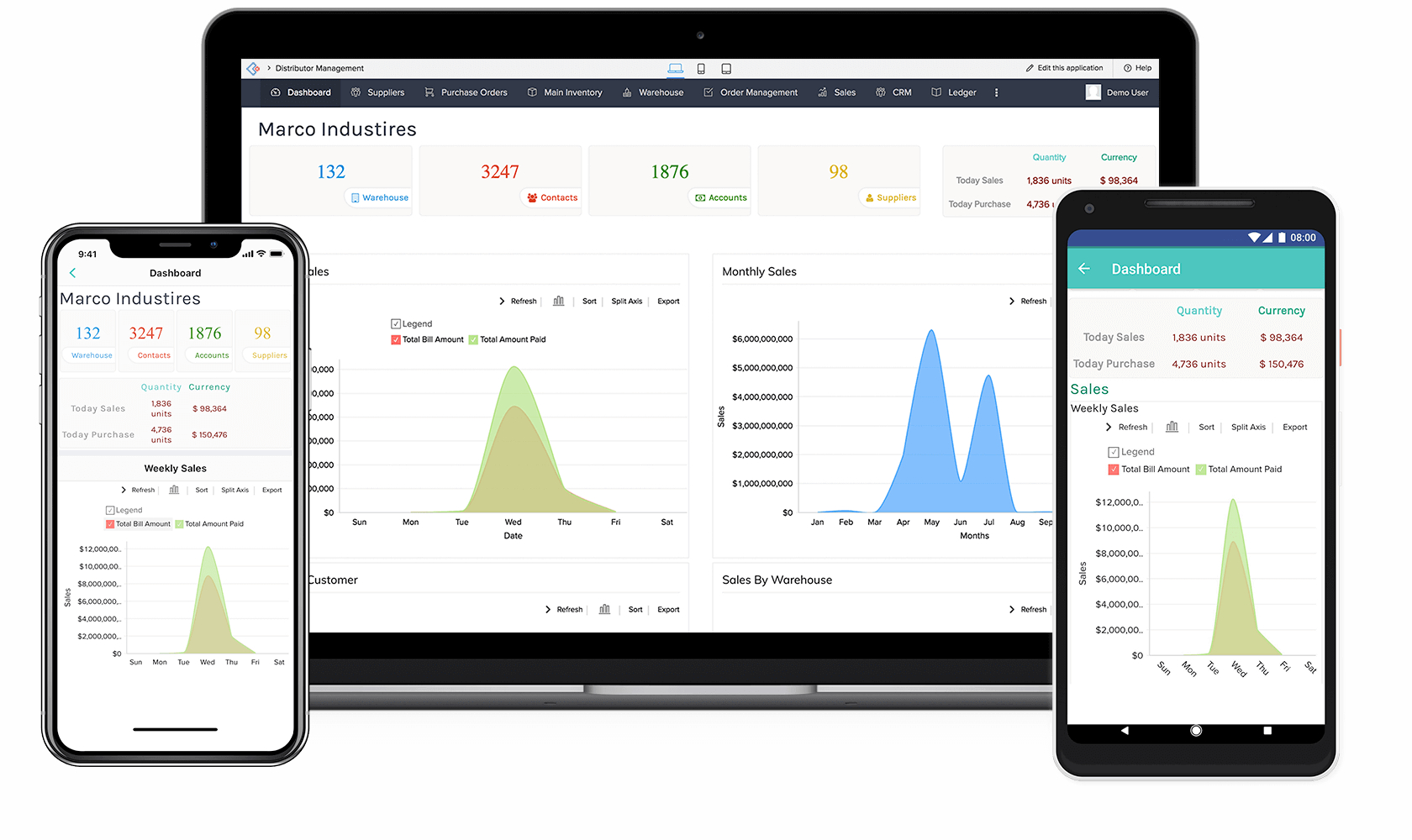

Quickly and cheaply building and deploying high quality apps that actually work to complete specific business tasks and solve real problems in your organization means that pressure is taken off your software department, and everyday business users will be able to contribute to building, testing, and using these solutions, facilitating and reinforcing a company culture of problem solving. The guiding principle of low-code development is that building solutions should be easy anyone should be able to do it.

These tools are known as low-code development platforms. However, there are tools that are designed to give businesses the freedom to build their own solutions, without all of the excess baggage. The simple truth is that it takes a small village to develop good software with conventional methods. It also means everything gets more complex, because it’s not just the development team you’re bringing onboard, but designers, testers, data analysts and many others as well. That’s fine, except it costs a lot of money, takes a long time, and is difficult to make changes once things are in motion. This is often done from scratch, and it’s called software development. If a proprietary tool doesn’t exist, then the best option may be for the business to try and build a solution themselves. This is a good way to think about low-code development platforms.Įach business has its own set of tools for solving problems and getting things done, and for the most part, these problems can be solved by existing commercial apps.īut of course, there are certain needs that off-the-shelf solutions cannot meet, and for these needs a business could approach the problem a few different ways. If you have a problem, it’s in your best interest to ensure that trying to solve that problem doesn’t end up causing more problems.


 0 kommentar(er)
0 kommentar(er)
